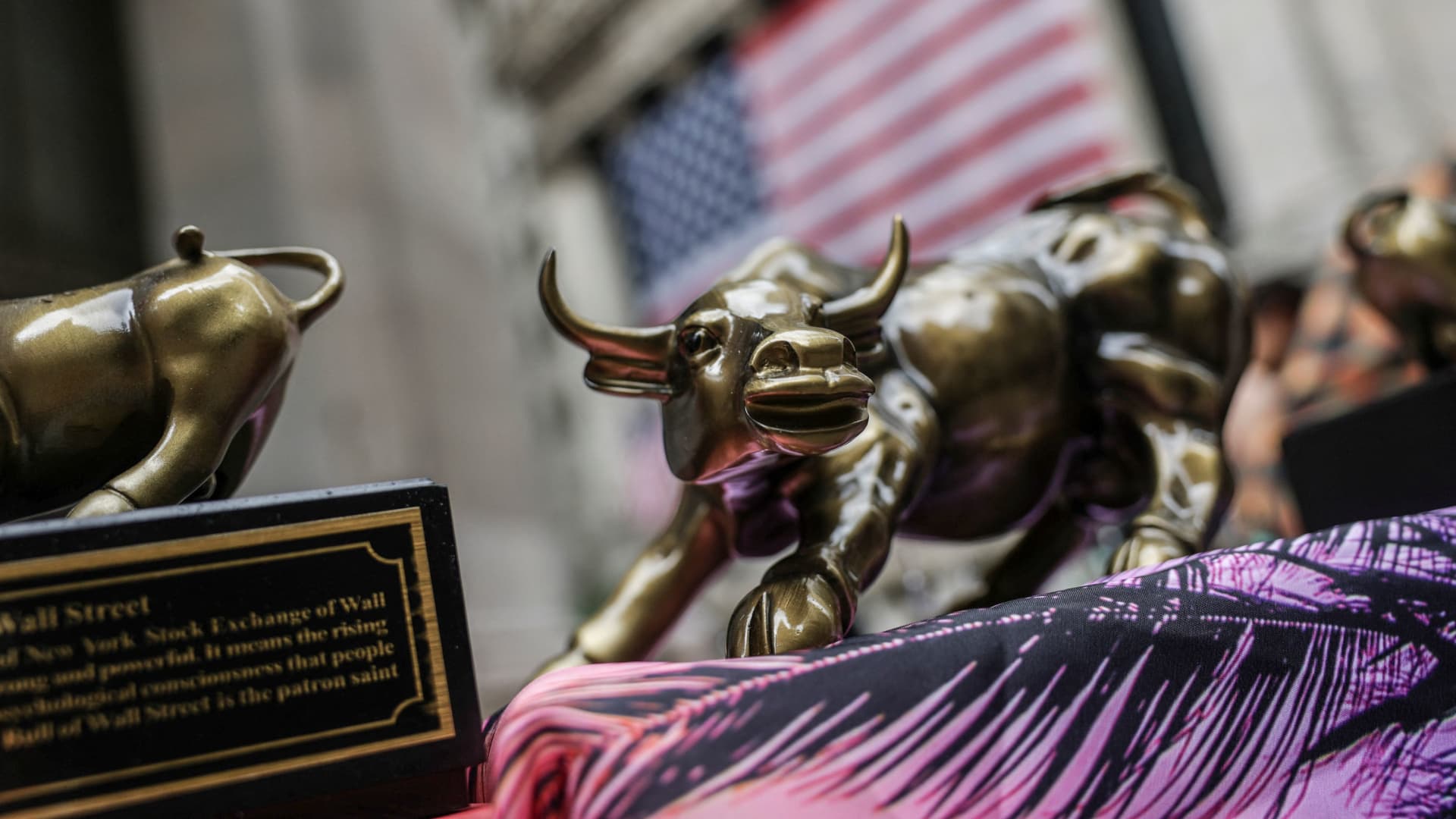The U.S. stock market has shaken off several major worries in 2025, but the bull market will soon run in to some time-tested seasonal patterns. The final days of July into early fall are typically a weak period for the stock market, according to Jeffrey Hirsch of the Stock Trader’s Almanac. “It is the latter days of July where the market can and historically has run into some weakness,” Hirsch wrote in a newsletter late last week. Over the past 75 years, there have been just three when the S & P 500 did not fall below its July highs in August, September or October, the newsletter said. However, there have been 18 years when the peak to trough decline in that timeframe was more than 10%. For the Nasdaq Composite , the time may already be ripe for a seasonal reversal. “With the home stretch of Nasdaq’s Midyear Rally quickly approaching, it has already exceeded its typical average gain of 2.5% since 1985, up 3.3% as of today’s close,” Hirsch wrote last Thursday. “Officially the rally ends on the 9th trading day of the month, July 14, this year. However, the recent 21-year seasonal pattern suggests it could run a bit longer until around monthly options expiration on July 18.” .IXIC YTD mountain The Nasdaq Composite is up about 7% year to date. This year, there are some fundamental events that could reinforce those seasonal factors, Deutsche Bank macroeconomics strategist Henry Allen said in a Monday note entitled “beware the end of the month.” Aug. 1 is emerging as the latest key deadline in tariff negotiations. President Donald Trump has unilaterally announced tariff rates on many major trading partners, including the European Union , that are set to start that day. “Markets are clearly not pricing in these higher tariffs, and we may only know the outcome in the final hours, offering the potential for a sharp market reaction and heightened volatility,” Allen wrote. Even if Trump delays the tariffs again, that could still prove to be a busy day for traders. Allen also pointed out that Aug. 1 is the release date for the July nonfarm payrolls report from the U.S. Bureau of Labor Statistics. The jobs report will be closely watched for any signs of a slowdown in the U.S. economy and, by extension, the potential that the Federal Reserve will change its interest rate policy. — CNBC’s Michael Bloom contributed reporting.





